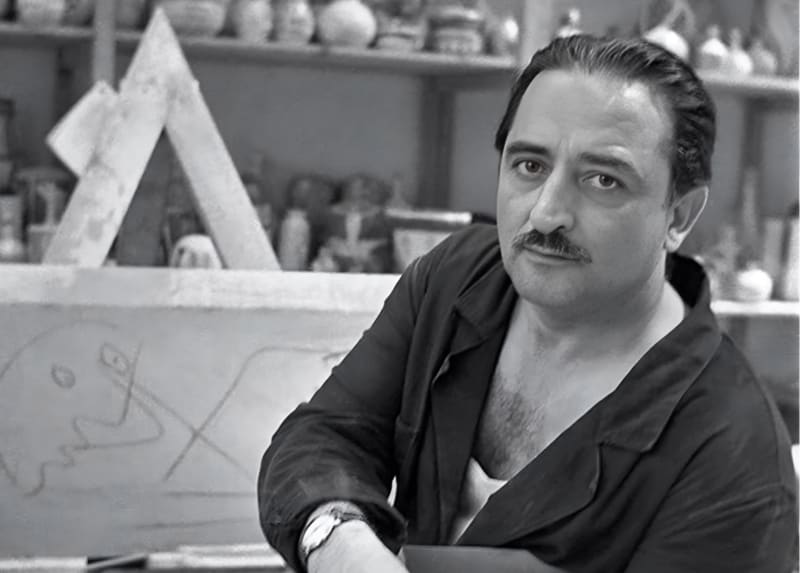Guido Gambone (1909–1969) is one of the most important Italian ceramic artists of the 20th century. Born in Montella and trained in Vietri sul Mare, he broke away from traditional craft to redefine ceramics as a form of modern art. His work fused Mediterranean archaism with primitivism, irony, and bold experimentation, transforming everyday clay into sculpture and pure artistic expression.
Between the late 1930s and the 1960s, Gambone became an international figure. He won the Premio Faenza five times, was honored at the Triennale di Milano and the Biennale di Venezia, and represented Italy at the Paris World’s Fair (1937), the Brussels Expo (1958), and the Prague International Exhibition (1962). His works were admired by Gio Ponti, celebrated by New York’s MoMA, and collected across Europe and the United States.
Today, Gambone is recognized as a pioneer who elevated ceramics to the level of fine art. His radical freedom, technical mastery, and inventive language place him among the key figures of postwar modernism. From Faenza’s 1970 retrospective to Magazzino Italian Art’s 2019 tribute in New York, his influence continues to resonate worldwide.

